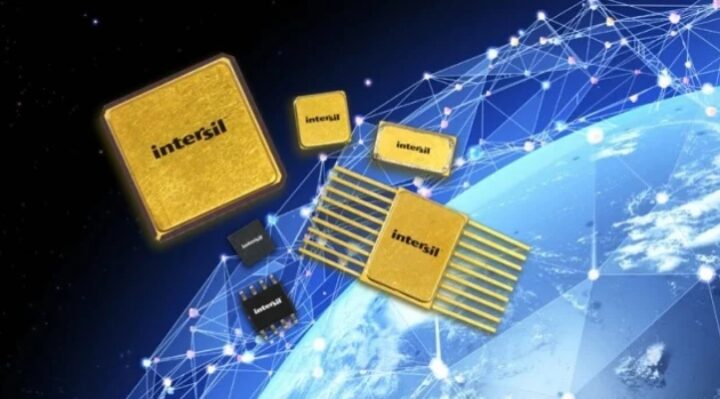
On January 20, Japan Standard Time, the Smart Lander for Investigating Moon (SLIM) spacecraft successfully landed on the low latitude region of the Moon, using radiation-hardened, or “rad-hard,” integrated circuits from Renesas Electronics Corp.
On September 7, 2023, SLIM, which is run by the Japan Aerospace Exploration Agency (JAXA), was launched from Tanegashima Space Center in Japan aboard an H-IIA rocket. As only the fifth nation-after Russia, the United States, China, and India-to successfully land and operate a lunar lander, Japan’s moon landing is a historic moment for the nation.
The spacecraft attempted to accomplish a more accurate landing than earlier lunar missions, which usually had precision levels of several kilometers to tens of kilometers, by landing close to the Shioli Crater, in the neighborhood of the Sea of Nectar region. In the upcoming weeks, further details about JAXA’s pinpoint landing will be made public. The agency is presently looking into these details. Because of its lightweight, compact design and vision-based object detecting technology, the spacecraft is designed to land with extraordinary precision.
The goal of this five-month mission is to advance scientific understanding of the Moon’s formation. A multi-band spectral camera that can analyze the composition of lunar rocks coming from the Moon’s mantle is part of the spacecraft’s payload specifically for this purpose.
Renesas supplied several essential parts for the integrated computer and electronic subsystems of the SLIM spacecraft, which are tested to endure radiation rates up to 300 krad(Si) and are intended to function across a temperature range. 3.3V and 5V RS-422 receivers, RS-422 drivers, a 16-channel analog multiplexer, a 40V rail-to-rail operational amplifier, and a 3A low-dropout voltage regulator are some of the integrated circuits (ICs) used in this mission.
In the space sector, Renesas Intersil has a long history spanning over 60 years, starting with Radiation Inc.’s establishment in 1950. Since then, Intersil-branded products have been a part of almost every satellite launch, shuttle launch, and deep-space exploration mission. With this knowledge, Renesas is able to provide military, high-reliability (Hi-Rel), and rad-hard space markets with SMD, MIL-STD-883, and MIL-PRF 38535 Class-V/Q Intersil-branded devices that are efficient, thermally optimized, and extremely dependable. Rad-hard integrated circuits (ICs) under the Renesas Intersil brand support subsystems for mission-critical applications in data communications transfer, general protection circuitry, power supplies and power conditioning, and telemetry, tracking, and control (TT&C).
Spaceflight and asteroid exploration systems face several challenges in deep space, not the least of which is the extreme radiation environment that almost every mission profile will face. Predictable performance and the avoidance of system failure during flight and on extended robotic and crewed missions to other planets are ensured by design, layout, specific process technologies, and manufacturing procedures such as burn-in and total dose testing of integrated circuits.


